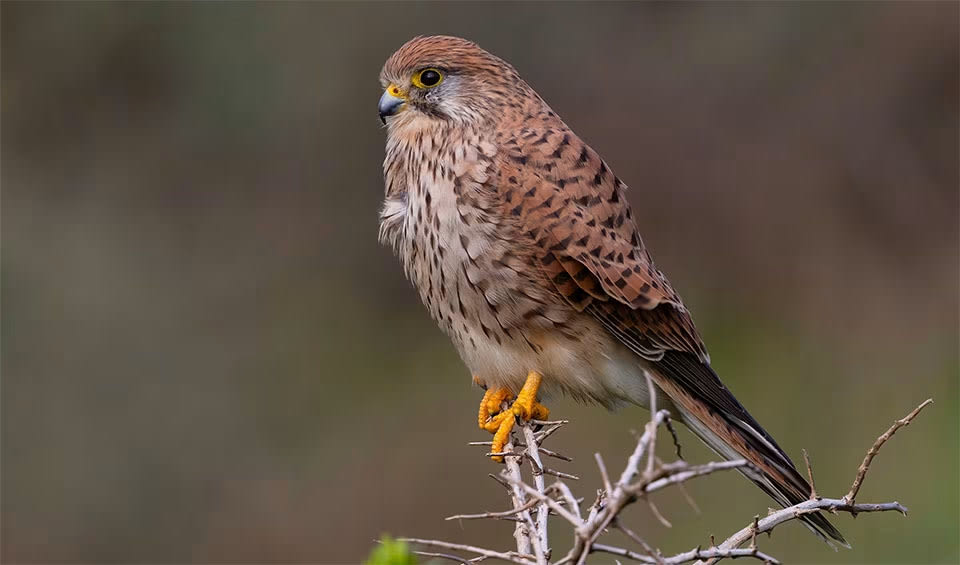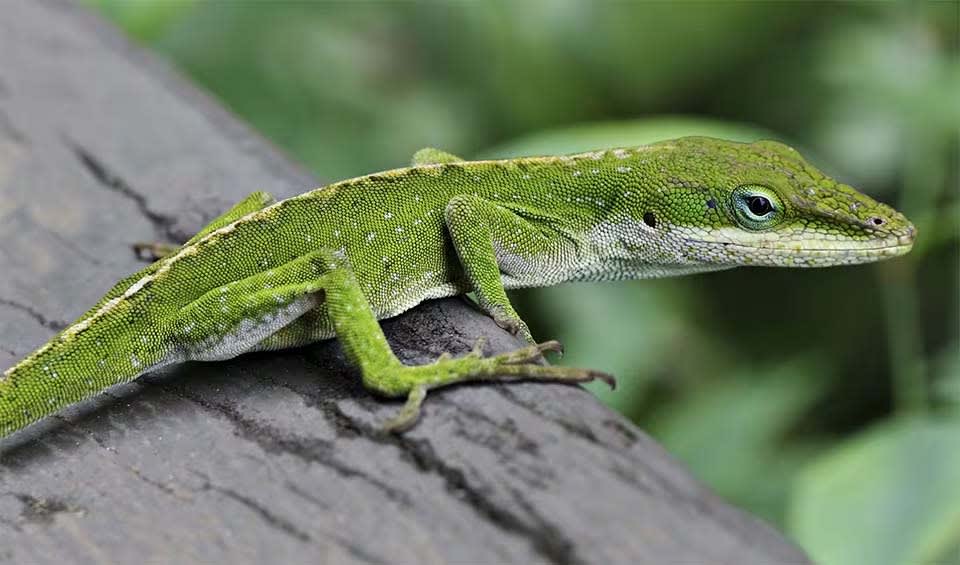Located in the Mariana Islands, Guam is the largest and southernmost island in the Micronesian region. The island features a diverse terrain that includes volcanic mountains, limestone plateaus, and coral reefs. Guam enjoys a tropical marine climate, characterized by warm temperatures year-round and a rainy season from July to December. The island’s diverse geography and climate create a range of ecosystems, from coastal mangroves to upland forests.
Guam’s landscapes are incredibly diverse and picturesque. The island is surrounded by pristine beaches with soft, white sand and clear turquoise waters, making it a popular destination for swimming, snorkeling, and diving. Tumon Bay, in particular, is known for its vibrant coral reefs and marine life. Inland, the island is covered in lush jungles and rolling hills, with Mount Lamlam standing as the highest peak. The south of the island features rugged cliffs and dramatic coastlines, offering stunning views of the Pacific Ocean.
Four pillars elaborated:
Established in 1993, the Guam National Wildlife Refuge spans over 1,619 hectares (4,000 acres), safeguarding a variety of habitats such as wetlands, grasslands, and forests, and providing a sanctuary for endangered species like the Guam kingfisher and the Mariana fruit bat. Meanwhile, the War in the Pacific National Historical Park serves as a tribute to the World War II battles that took place on Guam and the Northern Mariana Islands, featuring historical sites, memorials, and scenic overlooks. Mount Lamlam, Guam’s highest point, offers breathtaking views of the island and the surrounding ocean, attracting hikers and serving as a habitat for the critically endangered Guam Rail. Land Management
Land Management
The invasive brown tree snake has had a devastating impact on Guam’s native bird population, resulting in the extinction of several endemic species. By preying on birds, their eggs, and small mammals, this snake has caused significant ecological damage. Additionally, an invasive insect is posing a threat to Guam’s native Fadang Tree, a crucial species in the island’s ecosystem. The insect feeds on the tree’s sap, weakening it and making it vulnerable to other threats. Threats to Biodiversity
Threats to Biodiversity
Furthermore, feral pigs, descendants of domesticated pigs brought to the island, are causing damage to Guam’s biodiversity by disrupting the forest floor, leading to soil erosion and impacting native plant communities.
In Guam, the government and various partners are actively working on initiatives to protect and enhance the island’s biodiversity. The Guam Habitat Conservation Initiative aims to protect, restore, and enhance native habitats to support the conservation of federally listed and at-risk species, involving partnerships with the Department of Defense, Joint Region Marianas, the National Fish and Wildlife Foundation, the Guam Department of Agriculture, and the U.S. Fish and Wildlife Service. Efforts to control invasive species, particularly the brown tree snake, are ongoing to mitigate their impact on native bird populations and other biodiversity. Capacity and Governance
Capacity and Governance
The Guam Habitat Conservation Plan, a 30-year strategy, focuses on protecting endangered species and their habitats while promoting sustainable economic development and streamlining the permitting process. Collaborative conservation programs, including an $8 million cooperative agreement with the National Fish and Wildlife Foundation, target forest conservation in areas like Taguan in Mangilao and Masso Watershed in Piti. These initiatives reflect Guam’s commitment to preserving its natural heritage and ensuring sustainable biodiversity for future generations.
The Guam Forest Action Plan 2020-2030 sets out a vision for the future of Guam’s forests with a focus on conserving and enriching their biodiversity. It seeks to tackle challenges posed by invasive species, climate change, and development. Meanwhile, the North and Central Guam Land Use Plan aims to steer development in a manner that safeguards the island’s natural resources, including the preservation of areas with high biodiversity and the promotion of sustainable land use practices. Future Trends
Future Trends
Biodiversity
Guam’s limestone forests, which cover much of the island’s interior, are home to a variety of plant species, including endemic trees, ferns, and orchids. These forests support unique wildlife such as the Mariana fruit bat (fanihi), the Micronesian kingfisher (sihek), and the Guam rail (ko’ko’), which are critically endangered. The island also hosts several endemic reptile species, such as the Mariana skink and the blue-tailed skink. However, the introduction of the invasive brown tree snake has had a devastating impact on Guam’s native bird populations, leading to significant conservation challenges.Guam’s marine ecosystems are particularly notable for their extensive coral reefs, which are among the most diverse and vibrant in the region. The coral reefs around Guam support a rich variety of marine life, including over 1,000 species of fish, numerous species of corals, and various invertebrates. Notable marine species include the hawksbill turtle, green sea turtle, and various species of reef sharks and rays. The reefs provide critical habitats for a wide range of marine organisms and are essential for the island’s fishing industry and tourism.
In the table below are the number of known species in several main groups, how many of these species are Threatened with extinction, and how many of them are Endemic (unique to Guam only):
| Species (World rank) |
Threatened | % Threatened | Endemic | % Endemic | |
|---|---|---|---|---|---|
| Mammals | 23 (#196) | 3 | 13.0% | 1 | 4.3% |
| Birds | 102 (#193) | 13 | 12.7% | 3 | 2.9% |
| Reptiles | 27 (#148) | 5 | 18.5% | ||
| Amphibians | 9 (#141) | ||||
| Fishes | 1,008 (#49) | 28 | 2.8% | 2 | 0.2% |
| Plants | 1,034 (#175) | 5 | 0.5% | 11 | 1.1% |
birds
Eurasian kestrel
Adaptable raptor known for its hovering hunting technique and striking appearance
King quail
The smallest of all Galliformes lives on the ground, camouflaged from predators
Common kingfisher
Possessed with special visual adaptations to catch fish
reptiles
Green anole
Really good at climbing trees and fences because their feet have special sticky pads that help them stick to almost anything!
Green sea turtle
Largest hard-shelled sea turtle on earth
Hawksbill sea turtle
Its slender frame and narrow head bear a beak curved like a hawk’s, earning this marine marvel its name
National Animals
Water buffalo
The “living tractors of the East”—vital in traditional agriculture, particularly in Asia











